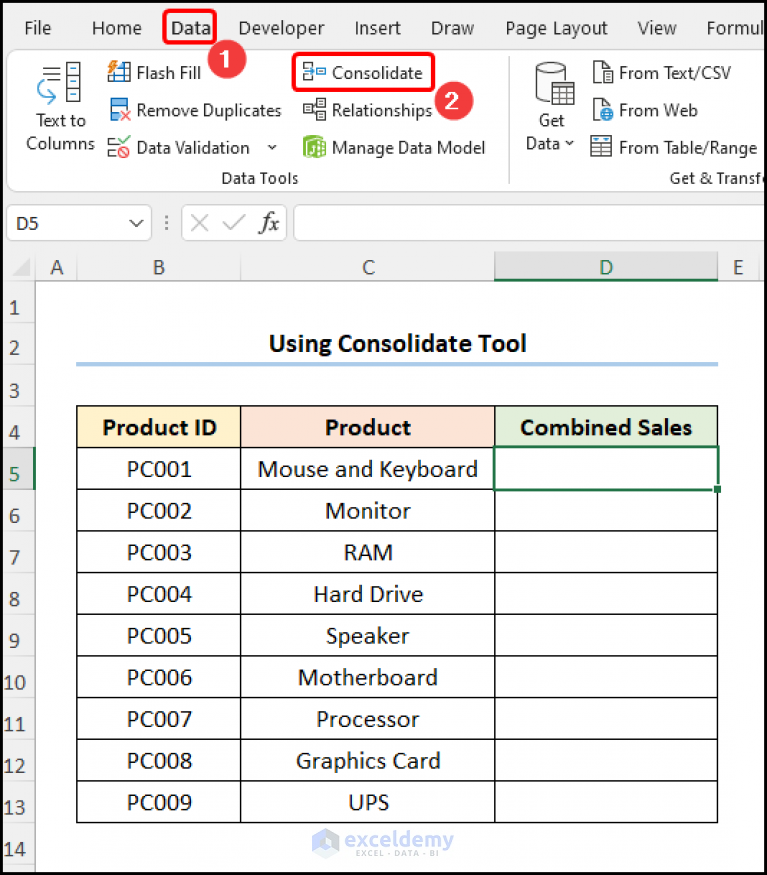5 Essential Documents for Office Paperwork

The smooth operation of any office environment often hinges on efficient document management and accurate, well-organized paperwork. Whether it's a bustling corporate office or a small startup, there are certain documents that are essential for maintaining productivity, compliance, and communication. In this blog post, we delve into five indispensable documents every office needs to manage, explaining their importance and how to handle them effectively.
1. The Employee Handbook


The Employee Handbook is often the first document new hires encounter, making it a critical tool for onboarding and setting expectations:
- Introduction to Company Culture: It helps new employees understand the company's mission, values, and expected behavior.
- Policies and Procedures: Details on attendance, leave policies, code of conduct, safety procedures, and more.
- Benefits and Compensation: Information on insurance, retirement plans, vacation days, and other perks.
To ensure the handbook is effective:
- Update it regularly to reflect changes in laws, company policy, or culture.
- Make it accessible in multiple formats (digital and print).
- Conduct sessions to explain key policies.
📌 Note: An up-to-date handbook not only reduces HR issues but also serves as a legal defense in workplace disputes.
2. Financial Documentation


Accurate financial documentation is the backbone of any office's financial health:
- Budgets: Planning tool for allocating resources effectively.
- Income Statements: Show how the company is performing financially.
- Expense Reports: Critical for tracking and managing office expenses.
- Balance Sheets: Provide an overview of the company's financial position.
To manage financial documents:
- Use accounting software for real-time tracking.
- Schedule regular audits.
- Ensure secure storage and backups.
📌 Note: Maintaining precise financial records can safeguard against fraud, financial misstatements, and legal repercussions.
3. Time and Attendance Records

Tracking time and attendance is essential for:
- Payroll Accuracy: Ensuring employees are paid correctly based on hours worked.
- Compliance: Meeting labor laws regarding working hours, breaks, and overtime.
- Resource Planning: Planning shifts and managing project deadlines effectively.
Key points for managing attendance:
- Implement automated time-tracking systems to reduce errors.
- Have clear policies on time management.
- Conduct periodic audits to catch discrepancies early.
4. Confidentiality Agreements

To protect sensitive information:
- NDAs (Non-Disclosure Agreements): Ensure employees and contractors protect confidential information.
- Employee Termination Agreements: Address return of company property and restrictions post-employment.
- Vendor Agreements: Establish confidentiality with third parties.
Important for handling confidentiality agreements:
- Make signing these agreements part of the onboarding process.
- Store agreements securely, both digitally and physically.
- Ensure all parties understand the implications.
📌 Note: Confidentiality agreements can prevent intellectual property theft and are vital for maintaining competitive advantage.
5. Compliance and Regulatory Documentation

Compliance with regulations is non-negotiable:
- Licenses and Permits: Ensure the office operates legally.
- Safety Compliance: OSHA regulations and workplace safety rules.
- Data Privacy Laws: GDPR, HIPAA, or other laws protecting personal data.
Here’s how to manage compliance:
- Set up a compliance calendar.
- Regularly train staff on compliance requirements.
- Perform compliance audits and adjust practices as needed.
In summary, effective document management in the office involves more than just paperwork; it’s about building a culture of transparency, efficiency, and compliance. By focusing on these five essential documents, offices can streamline operations, reduce legal risks, and foster an environment conducive to growth and success. Whether you’re implementing new systems or refining existing ones, understanding and managing these documents can significantly enhance your office’s productivity and security.
What should be included in an Employee Handbook?

+
An Employee Handbook should cover company culture, policies on attendance and conduct, benefits, compensation details, and any specific procedures like safety measures or ethics policies.
How often should financial documents be reviewed?

+
Financial documents should be reviewed monthly, with comprehensive audits annually or as legally required.
Can employee time be tracked manually?

+
While manual time tracking is possible, automated systems reduce errors, save time, and provide real-time insights into attendance patterns.



